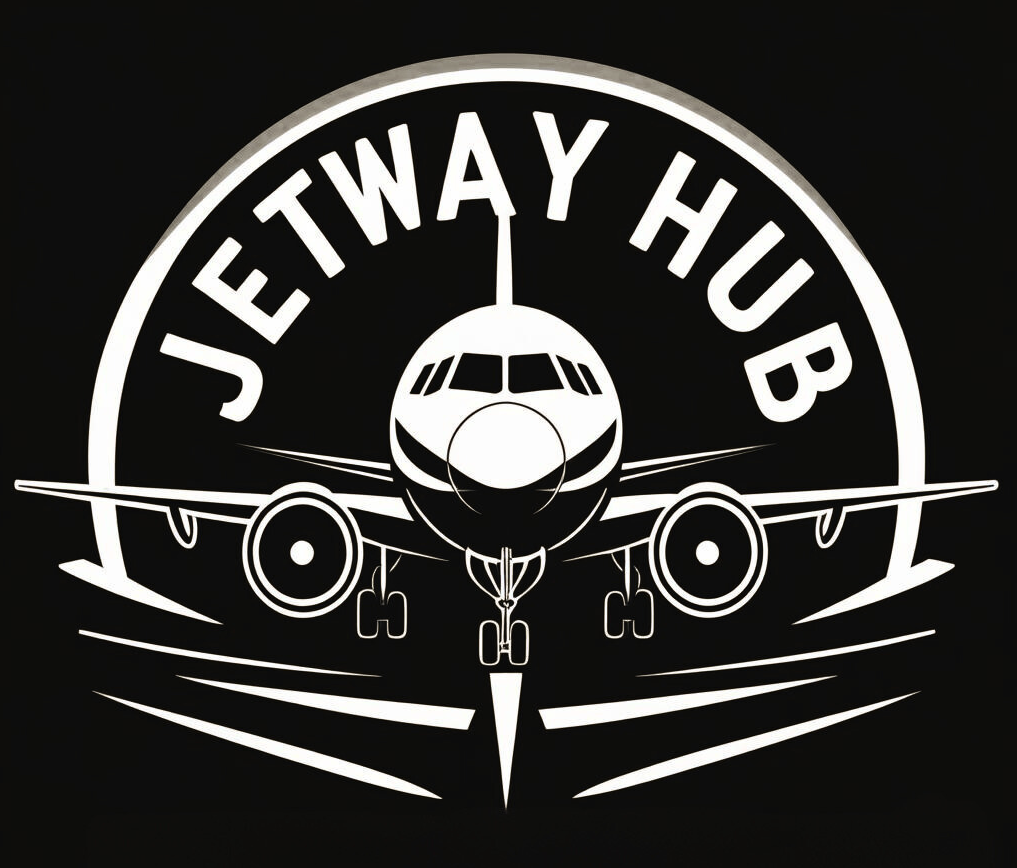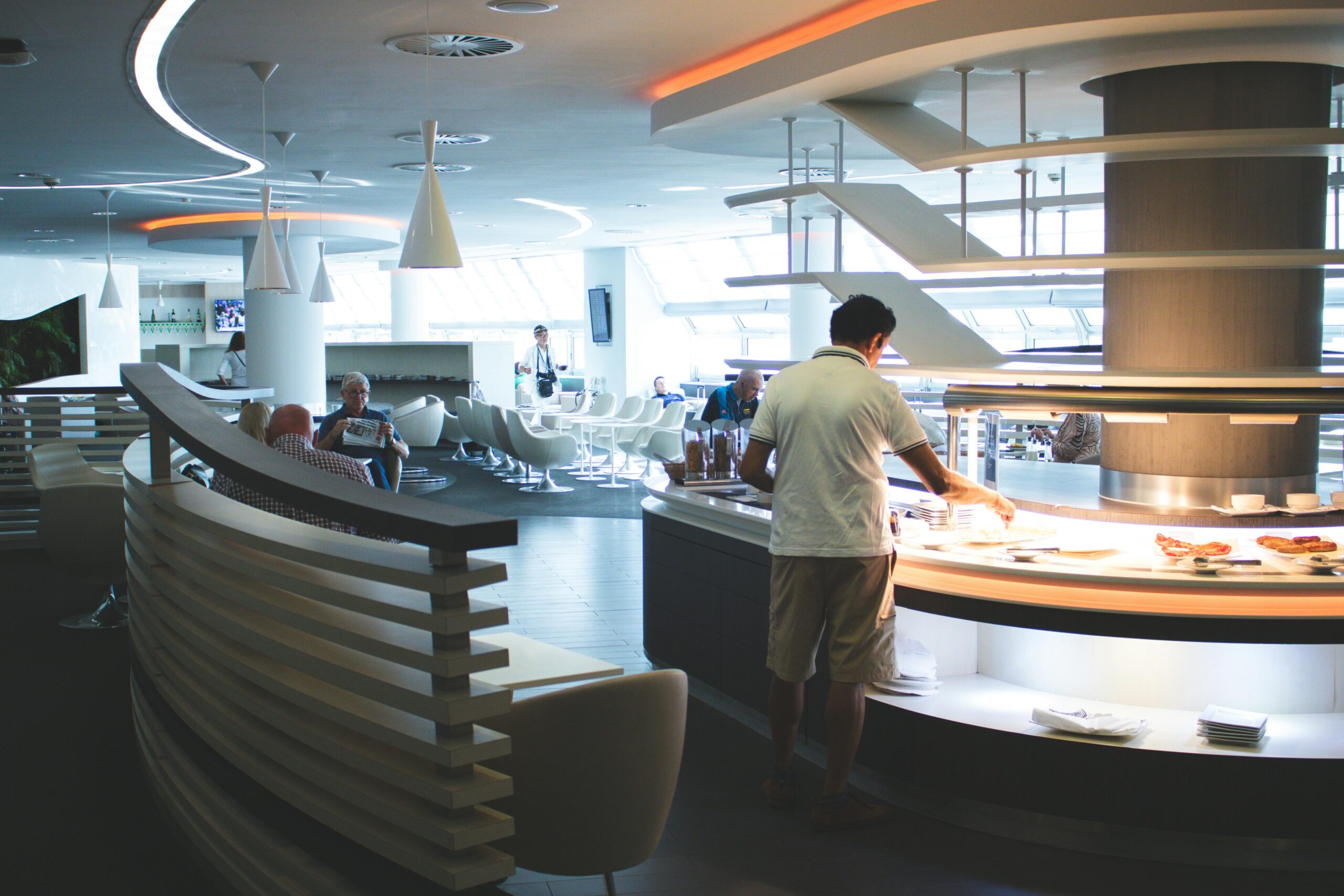Discover the ultimate guide to airport lounges in 2025! Learn what they are, how to access them, and the top benefits to enhance your travel experience.
Airport lounges have long been seen as an exclusive space reserved for first-class travelers or elite businesspeople but times have changed. These days, anyone can access a lounge if they know the right methods.
In this guide, we’ll break down everything you need to know about airport lounges from what they offer to the smartest ways to gain access without flying first class.
What Exactly Is an Airport Lounge?
An airport lounge is a private, members-only area within an airport that provides travelers with a quiet, comfortable space to relax or work before their flight. Unlike the often chaotic and crowded gate areas, lounges offer a more peaceful environment with elevated services.
There are three main types of airport lounges:
- Airline Lounges – Owned by specific airlines (e.g., Delta Sky Club, United Club) and typically used by frequent flyers or premium-class passengers.
- Independent Lounges – Operated by third-party companies like Plaza Premium or Aspire; often accessible via membership programs like Priority Pass.
- Credit Card Lounges – Exclusive to premium credit card holders (e.g., AmEx Centurion Lounges, Capital One Lounge).
What’s Inside an Airport Lounge?
While amenities vary based on location and lounge type, most offer far more than just a comfy chair. Here’s what you can typically expect:
- Complimentary food and drinks, including hot meals, snacks, coffee, soft drinks, and in many cases, alcoholic beverages.
- High-speed Wi-Fi and charging stations.
- Comfortable seating areas and quiet zones for working or resting.
- Private restrooms, often with showers.
- Dedicated customer service desks for help with rebooking or flight changes.
- Nap rooms, family zones, or even spa services in higher-end lounges (like the Qatar Airways Al Mourjan Lounge in Doha or Lufthansa’s First Class Terminal in Frankfurt).
Pro tip: Not all lounges are created equal. Some domestic lounges offer basic amenities, while international flagship lounges can feel like luxury hotels.
Who Can Access Airport Lounges?
Contrary to popular belief, airport lounges are not just for business class travelers. Here’s a breakdown of who can typically enter:
- Business or First-Class Passengers – Automatically granted access when flying on full-service carriers.
- Frequent Flyers – Those with elite airline status (e.g., United Gold, Delta Platinum Medallion).
- Credit Card Holders – Premium travel cards like the AmEx Platinum, Capital One Venture X, or Chase Sapphire Reserve offer complimentary lounge access.
- Membership Holders – Priority Pass, LoungeKey, and DragonPass are popular lounge networks with thousands of participating locations.
- Day Pass Buyers – Some lounges (especially airline lounges) allow walk-ins for a one-time fee, usually between $30–$70.
- Select Airline Partnerships – Flying a partner airline can also sometimes grant access (e.g., Oneworld, SkyTeam, Star Alliance perks).
Best Ways to Access Lounges Without Flying First Class
If you’re flying economy but still want that lounge life, here are some practical (and proven) methods:
1. Priority Pass
One of the most popular lounge membership programs, Priority Pass offers access to over 1,400 lounges worldwide. Plans start at $99/year, but premium credit cards often include membership for free.
- Free with: AmEx Platinum, Capital One Venture X, Chase Sapphire Reserve
- App: Priority Pass app helps you find nearby lounges
2. Premium Travel Credit Cards
Many top-tier cards come with lounge access as part of their travel perks:
- AmEx Platinum – Access to Centurion Lounges, Delta Sky Club (when flying Delta), and Priority Pass (excluding restaurants).
- Capital One Venture X – Access to Capital One Lounges and Priority Pass.
- Chase Sapphire Reserve – Comes with Priority Pass Select membership.
These cards do come with high annual fees ($395–$695), but frequent travelers often find the lounge access, travel credits, and insurance benefits more than make up for the cost.
3. Buy a Day Pass
Several lounges allow walk-in access for a fee. United Club, Alaska Lounge, and American Airlines Admirals Club all sell passes to travelers regardless of cabin class.
- Example: Alaska Lounge offers day passes for $60.
- Note: Entry is subject to space availability.
4. Airline Elite Status
If you frequently fly the same airline or alliance, achieving status (like Gold or Platinum) can open up lounge access even on economy tickets.
🧭 Curious about which U.S. airport lounges stand out? Don’t miss our deep dive into The Best Airport Lounges in the United States.
Pros and Cons of Airport Lounges
👍 Pros:
- Escape noisy terminals
- Enjoy free meals and drinks
- Clean restrooms with showers
- Wi-Fi and quiet zones for productivity
- Priority support in case of delays or cancellations
👎 Cons:
- Some lounges get crowded
- Quality varies by airport
- Not always worth it for short layovers
- Annual memberships or cards can be costly upfront
✈️ First-Time Lounge Tips
- Arrive early to enjoy all the amenities.
- Bring your card or digital pass ready for check-in.
- Check the dress code — some lounges discourage flip-flops or sleepwear.
- Be courteous — don’t take food to-go or speak loudly on phone calls.
- Check guest policy if you’re traveling with someone.
Final Thoughts
Airport lounges are no longer just for the elite. Whether you’re flying business or economy, there are multiple ways to elevate your airport experience from complimentary food and drinks to a quiet space to unwind or work. With the right credit card, a membership like Priority Pass, or even a day pass, you can turn a stressful layover into a luxurious break.
Next time you fly, don’t settle for noisy terminals and overpriced coffee. Step into a lounge and experience air travel the way it should be.
🔗 Related Read: The Best Airport Lounges in the United States
💬 What About You?
Have you tried an airport lounge before? Which one was your favorite (or worst)? Let us know in the comments!


Leave a Reply